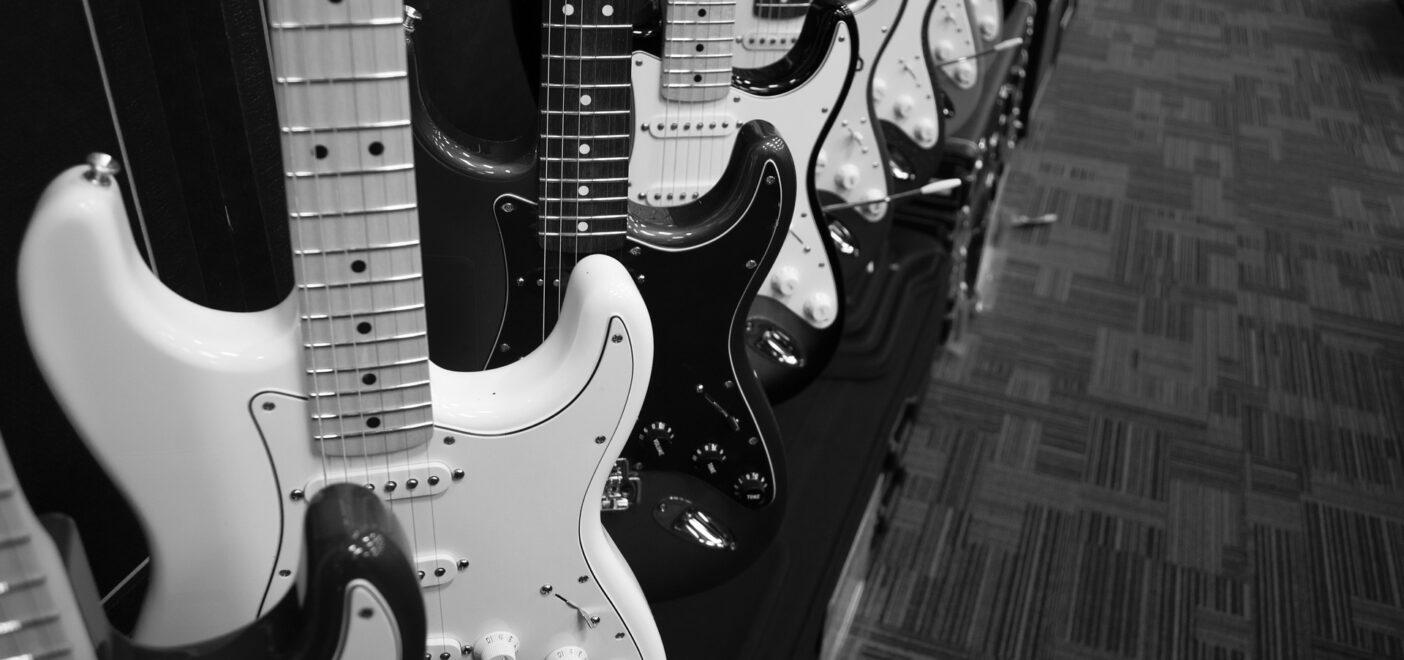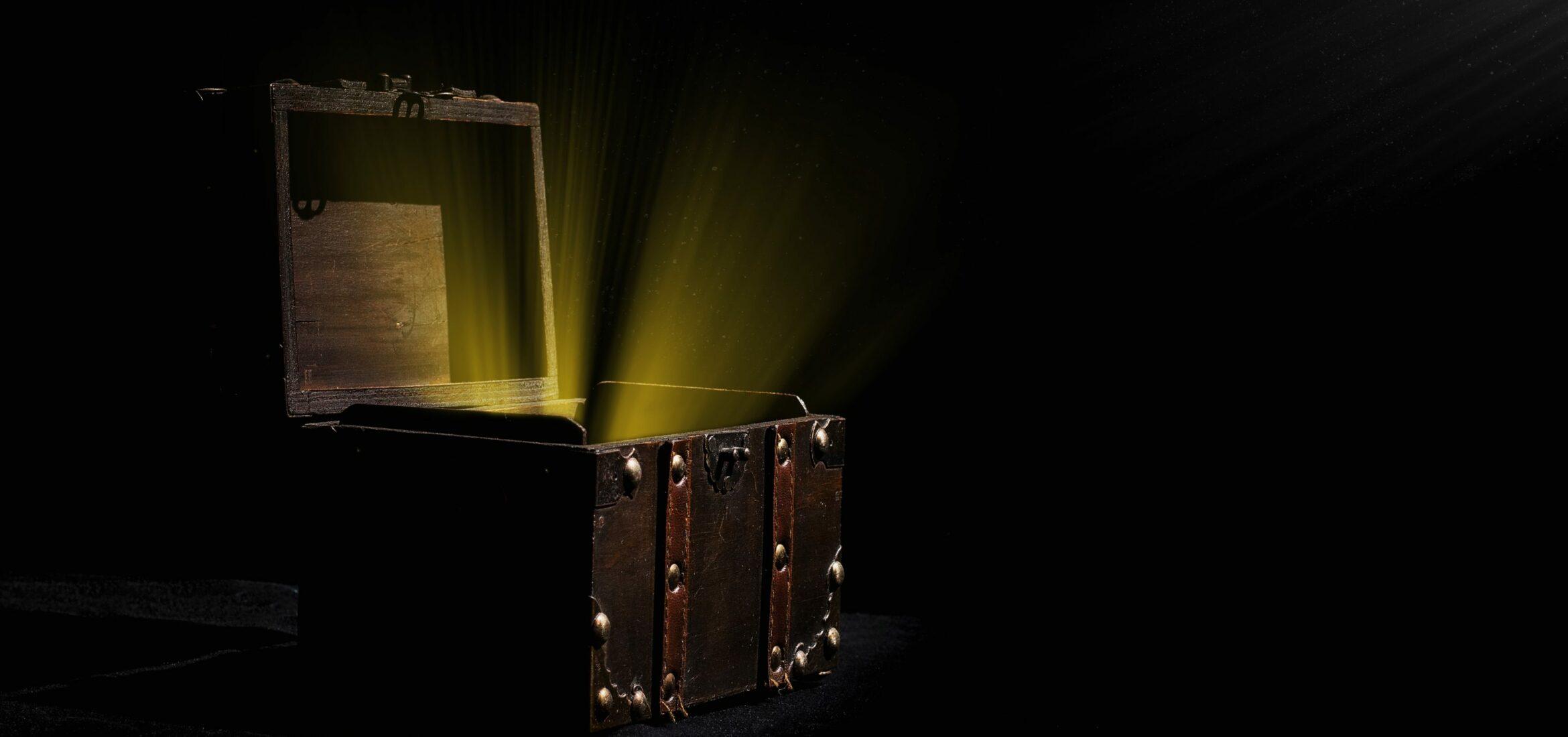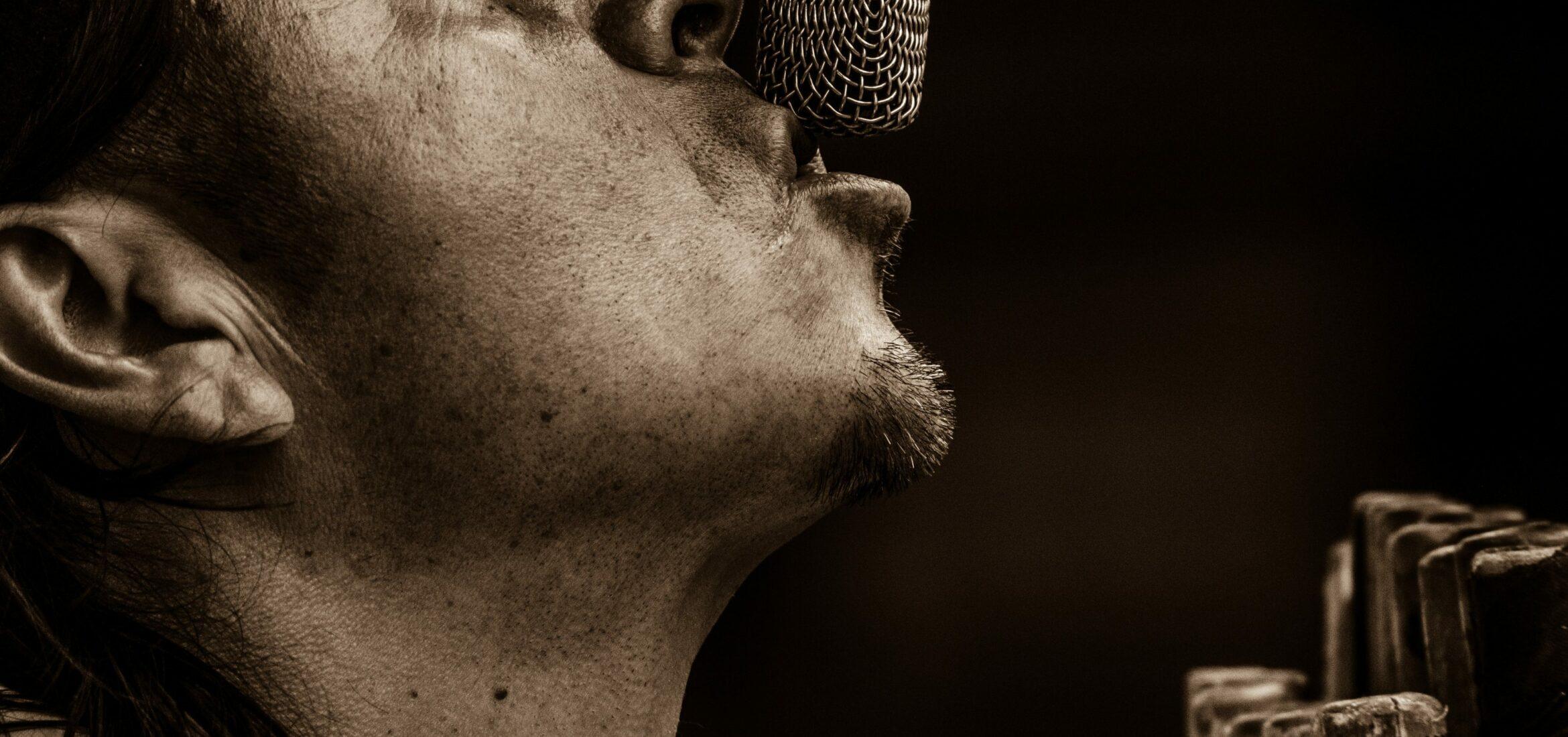So you’ve just tinkered around with your guitar and amplifier for hours and finally landed on a great tone. It sounds clear, deep, and crushing. You record it and then listen back. While you listen to the song as a whole, suddenly, that perfect tone doesn’t sound so perfect anymore. Welcome to the intricate and often frustrating world of mixing electric guitars.
Here’s the deal: That guitar tone you love so much might, in fact, be great. However, in the context of the whole song, you might need to make some changes. Maybe the drums, bass, or vocals don’t sit at their ideal frequencies, clashing with your guitar. Another possibility is that you have some work to do with the guitar mix itself. Let’s take a look at five techniques for mixing electric guitars.
1. Cut the Lows Early, but Leave Room for Higher Frequencies
Different instruments will sound best at certain frequencies. Mixing bass, for instance, will require different optimization than mixing electric guitars. It’s good to know generally where these different sounds should land on the frequency spectrum. If you start at relative extremes, you can gradually tweak the mix as you go to allow each instrument to shine.
When mixing electric guitars, they should sit at higher frequencies than the bass, kick drum, and other instruments with lower tones. Begin by cutting anything under 100 Hz in the guitar mix. This approach eliminates potential muddiness and saves room for the bass and lower tones to come through in the mix.
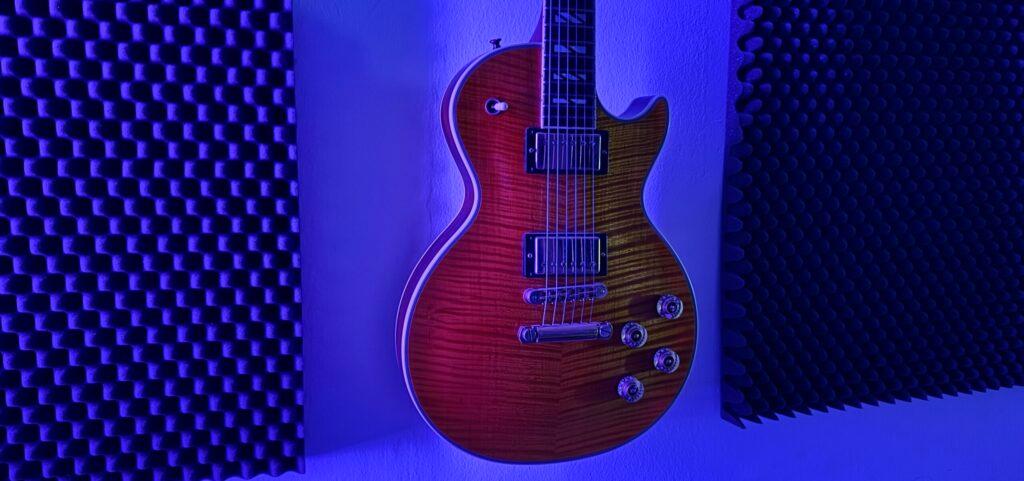
Of course, the highest frequencies shouldn’t necessarily be reserved for guitars. If there are vocals, snares, or cymbals in your mix, you need room for these as well. In other words, guitars should sit higher than the bass-oriented instruments and lower than the treble sounds. When mixing with EQ, around 500 Hz is sort of the golden guitar frequency, so this region can be boosted. Be mindful of other instruments in this range as well.
2. Know the Roles of The Guitar
In the genres of rock, metal, alternative, and the several sub-genres under this umbrella, more than one guitar part is often present. There might be one or two rhythm guitars in addition to a lead guitar part. While all of these parts might be performed and tracked with the same guitar and same tone, they shouldn’t necessarily sit in exactly the same place in the end.
Rhythm guitars should sit lower on the frequency spectrum compared to lead guitars. This positioning allows the lead guitar(s), which normally provide higher pitches, to cut through as its own entity. Additionally, if a song features one rhythm guitar part, you should double these guitars. This means tracking the same part twice and panning them to create a stereo effect, giving the part more depth and presence.
You need to EQ both of these rhythm tracks very similarly, though not identically. Similar to doubling If vocals](https://www.masteringbox.com/learn/doubling-vocals-how-and-why-to-do-it), if you use different mics at different locations for this doubling, each rhythm track will already have different EQ. However, you can do more tweaking to each track if certain frequencies are over- or under-emphasized due to phasing issues. Recording via direct input and then reamping the guitars provides another great way to double them.
3. Pan Carefully When Mixing Electric Guitars
If you have two rhythm guitars in the mix, pan them. This widens the stereo field, separates each track, and provides greater depth in your mix. It also leaves room for vocals to stand out and blend with the mix since they sit at similar frequencies to the guitar. However, the degree to which you pan these guitar tracks will depend on the mix as a whole.
Some engineers prefer to save panning until after EQing and setting levels in the mix. This technique can help sculpt the stereo stage effectively. Another approach is to pan one rhythm guitar track hard left and the other hard right. By going to the extremes, you can gradually dial back the panning levels as you mix the song based on its needs.
There’s no set way to pan electric guitars, nor is there a proper amount of panning. It really depends on the mix as a whole and how wide you want the stereo field to be. There is one important rule to follow, however: make sure your left and right guitar tracks are panned equally opposite each other. If not, the guitars will lean slightly to one side, which is often distracting and unappealing.
4. Leads Deserve Some Delay
As for lead guitars, they should be treated a bit differently. For one thing, they’re often better off sitting closer to the center of the mix, though the smallest bit of panning can do much to widen the stereo field and add greater depth to your mix. Another way to make lead guitars stand out is to add some delay to them. Leads that are too dry often sound flat and actually take away from the mix by becoming distracting or jarring.
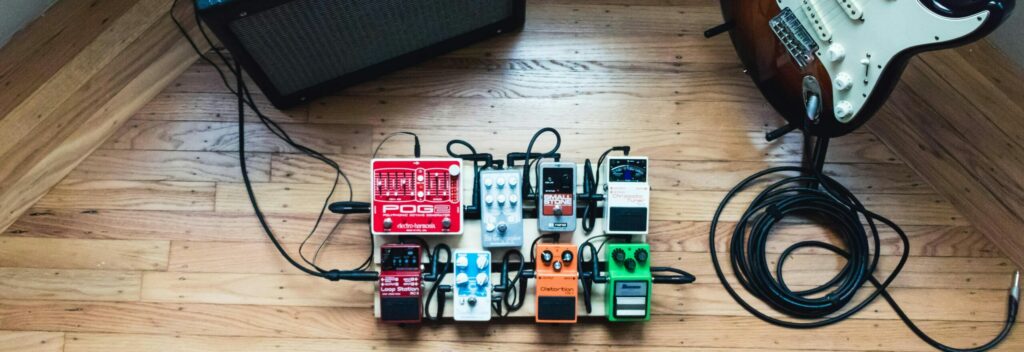
Because leads sit at higher frequencies, they often sound harsh in the mix. Adding some delay or reverb softens the lead by allowing it to linger and providing extra ambiance. Using delay for lead guitars also separates them from other high-frequency elements in the mix, such as vocals and cymbals. In short, you want the leads to shine through without dominating the mix or distracting from other important elements.
You can explore plenty of delay to try outtypes, ranging from twangy tape delay to reverse delay and much more. Each type allows you to adjust feedback, tempo, and level. The amount of delay you should use depends on your preference and the overall mix.
5. Understand the Context of the Song
Whenever we discuss mixing, we must keep context in mind. Mixing involves tweaking several moving parts to achieve an optimal result. So when mixing electric guitars, we need to remember their role within the entire mix.
In other words, when EQing electric guitars, don’t always approach it in isolation. While EQing in solo helps you initially find the proper space for the guitar part, you must adjust frequencies while listening to the whole mix. If you skip this step, you risk offsetting the entire , mix** by favoring a certain frequency range too much.
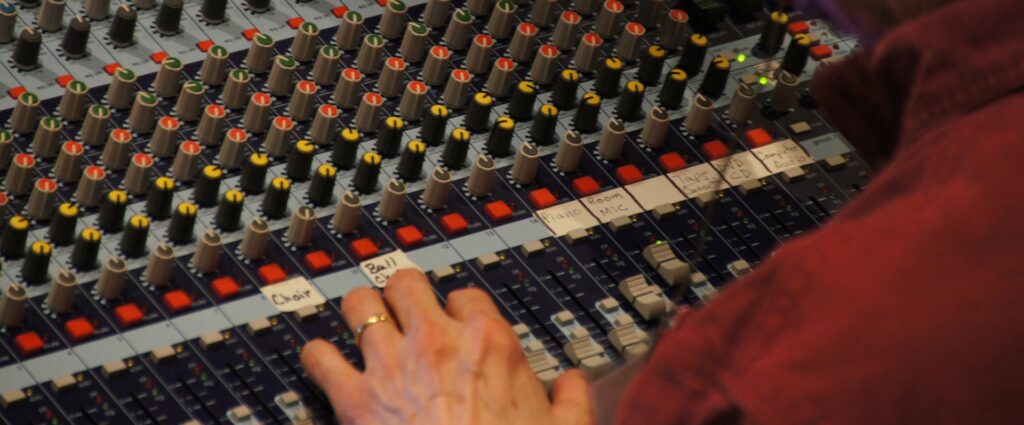
Conclusion
This might hurt guitar players, but songwriters shouldn’t always let guitars take the spotlight. More often than not, rhythm guitars should play a supporting role to elements like vocals and lead instruments. This doesn’t mean that guitars lack importance or that they should never stand out.
On the contrary, mixing electric guitars properly proves crucial because they provide a song with so much backbone, drive, and power. The trick lies in wielding this power carefully. So remove the super low-end early on, grasp the importance and purpose of the guitar parts, pan when doubling, add some delay (especially for leads), and always keep the song as a whole in mind.
About the Author

Ethan Keeley
Writer, Voice Talent, Musician, and Audio EditorEthan Keeley is a musician, voiceover talent, and writer from Rochester, New York. When he's not on tour with his band Unwill he's working on new songs and stories.
Leave a comment
Log in to comment
